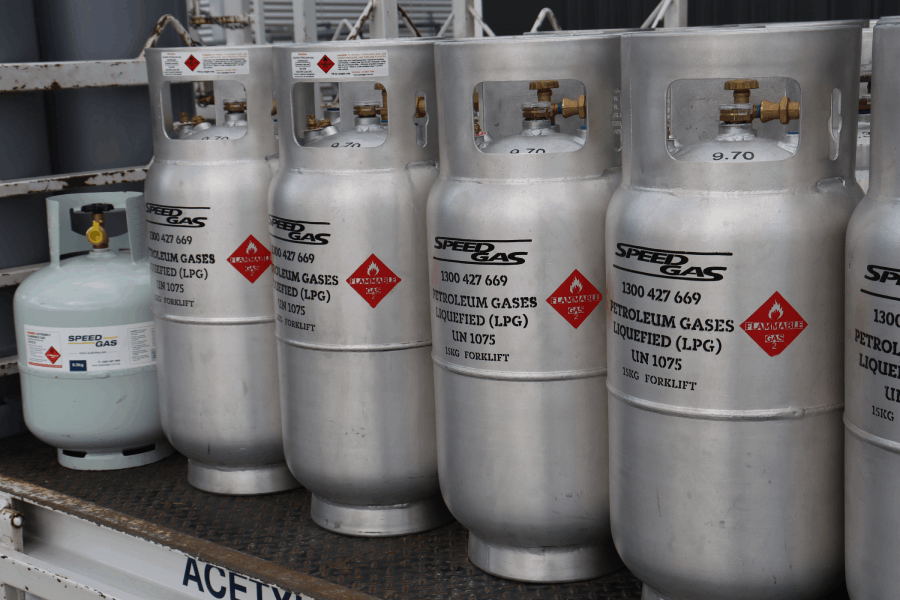Forklifts are the backbone of many warehouses, logistics hubs, and construction sites. If your fleet runs on forklift LPG cylinders, keeping the fuel system in top condition is critical for performance and safety. Two of the most common problems operators face are regulator failures and connection leaks. These issues can lead to costly downtime, engine problems, and serious safety hazards—but the good news is, they are preventable.
Why the Forklift LPG Regulator and Connections Matter
- Forklift LPG Regulator
The regulator reduces the high pressure of LPG in the forklift gas bottle to a safe and consistent level for the engine. A faulty regulator can cause the forklift to stall, run unevenly, or fail to start. - Forklift Gas Bottle Connections
The hoses and fittings connect the LPG cylinder to the regulator. A secure connection ensures leak-free operation. Any weakness here increases the risk of gas leaks and safety incidents.
Common Causes of Regulator and Connection Failures
- Wear and Tear
Over time, LPG regulators and hoses degrade from constant pressure changes, vibrations, and exposure to the elements. - Incorrect Cylinder Installation
Misaligned or cross-threaded forklift gas bottles can create a weak seal, leading to leaks. - Contamination
Dirt, oil, or debris entering the forklift LPG system can clog regulators and damage seals. - Skipped Maintenance
Small leaks or worn fittings often go unnoticed without regular checks, eventually causing full failures.
Warning Signs to Look Out For
- Strong LPG smell near the forklift
- Hissing noises from hoses or fittings
- Frost or icing on the LPG regulator
- Hard starting, engine surging, or stalling
- Poor fuel efficiency
At the first sign of these issues, stop using the forklift until it has been checked and repaired.
How to Prevent Forklift LPG Regulator and Connection Issues
✅ Daily Pre-Start Inspections
Check the forklift gas bottle, hoses, and regulator before every shift. Look for cracks, leaks, or damage.
✅ Correct Cylinder Fitting
Always fit forklift LPG cylinders properly. Ensure connections are aligned and tightened correctly—never overtighten.
✅ Leak Checks
After changing a gas bottle, apply soapy water to the connection. If bubbles form, there’s a leak that needs attention.
✅ Routine Replacements
Replace forklift LPG regulators and hoses as recommended by the manufacturer, or sooner if faults appear.
✅ Clean Storage & Handling
Store forklift gas bottles in a clean, dry place. Prevent dirt and dust from contaminating cylinder valves and connections.
Conclusion
Forklift LPG regulator and connection failures are preventable with the right checks, training, and maintenance schedule. By prioritising daily inspections and safe handling of forklift gas bottles, businesses can reduce downtime, cut repair costs, and ensure a safer workplace for staff.
Keeping your forklift LPG system in top shape means more reliable performance and peace of mind on the job.
